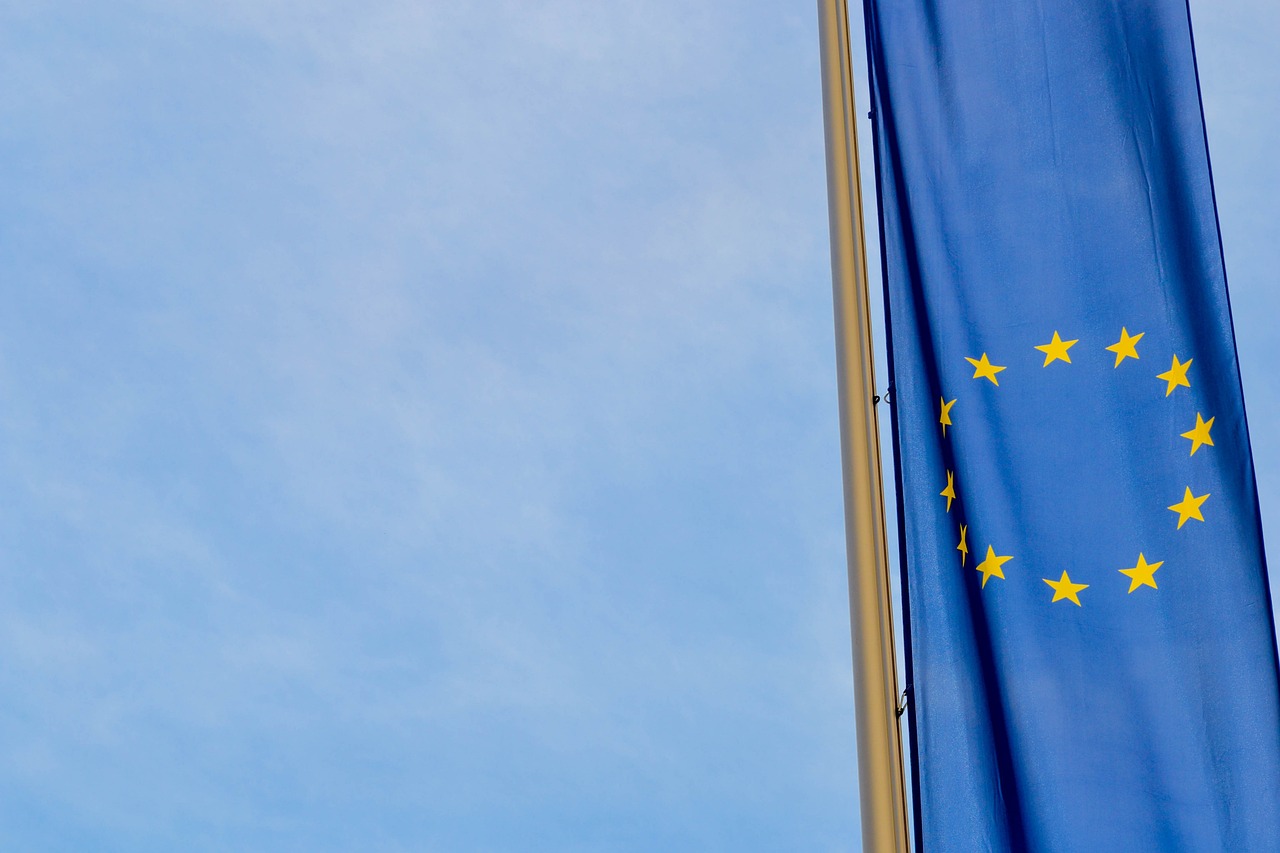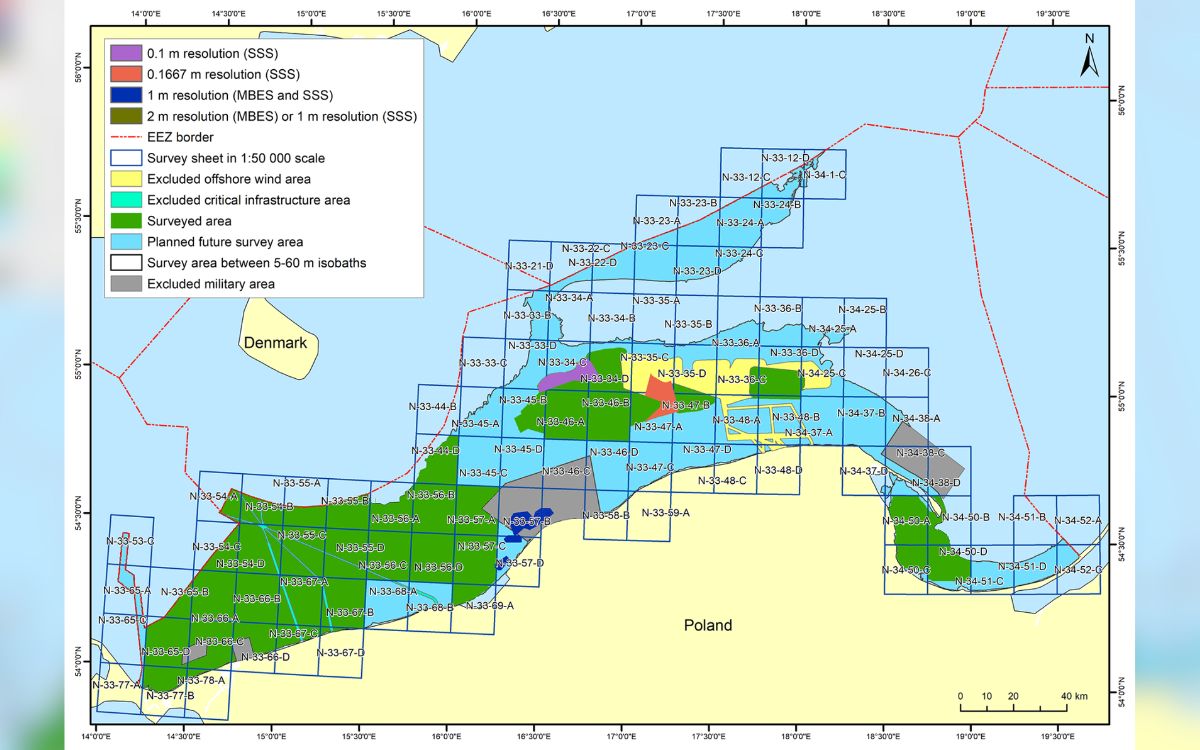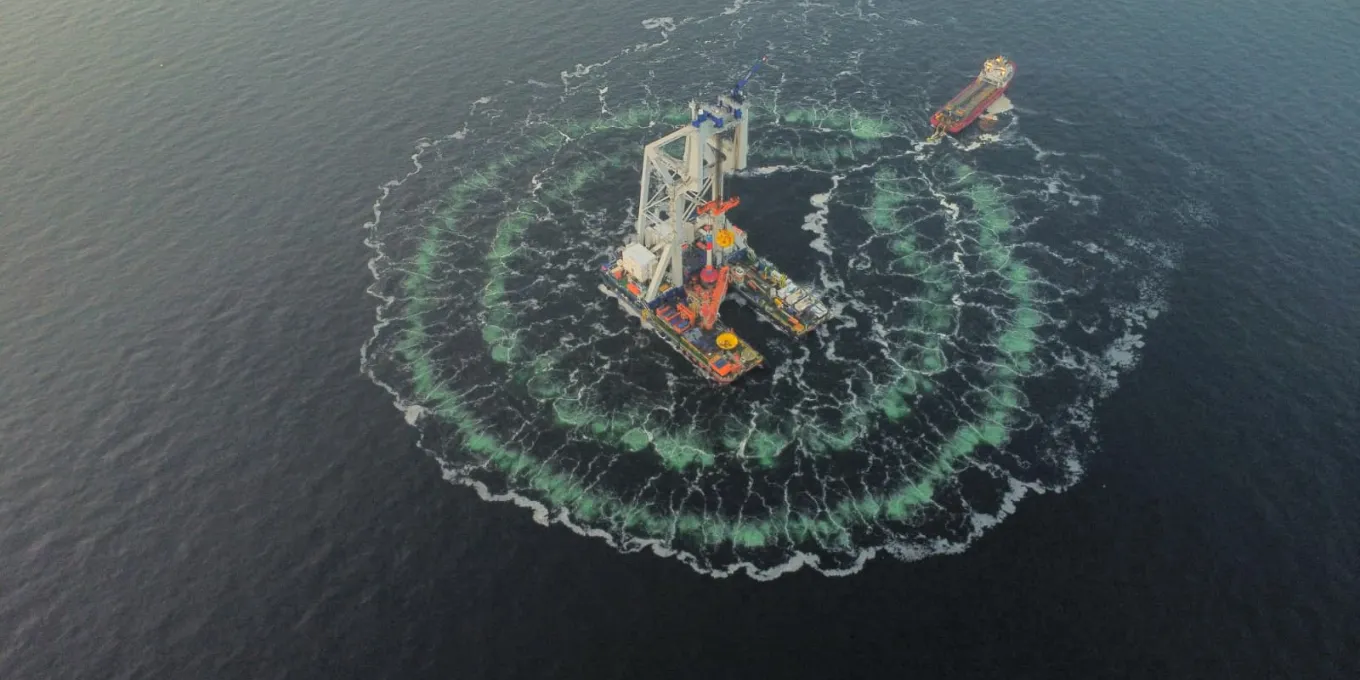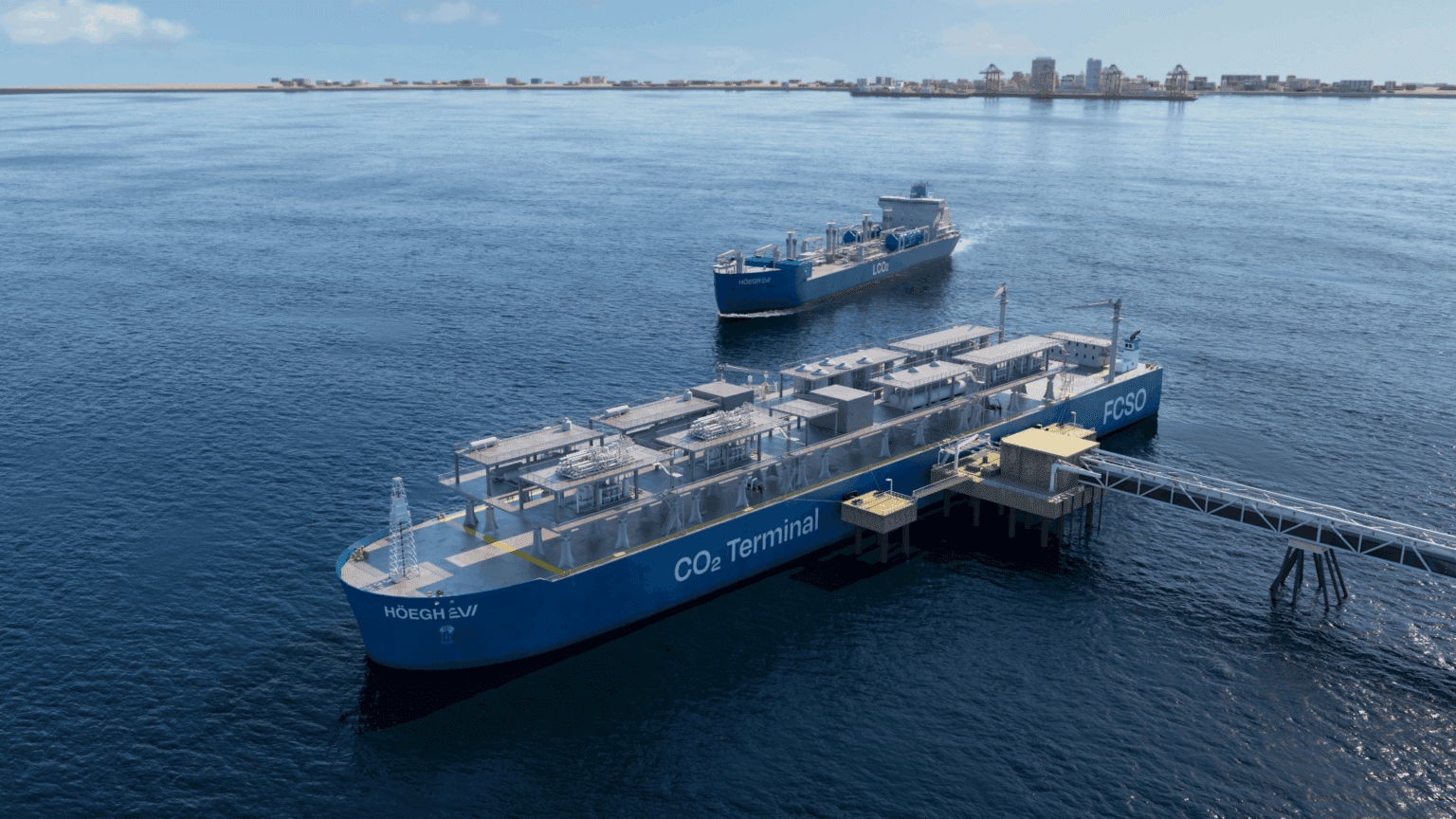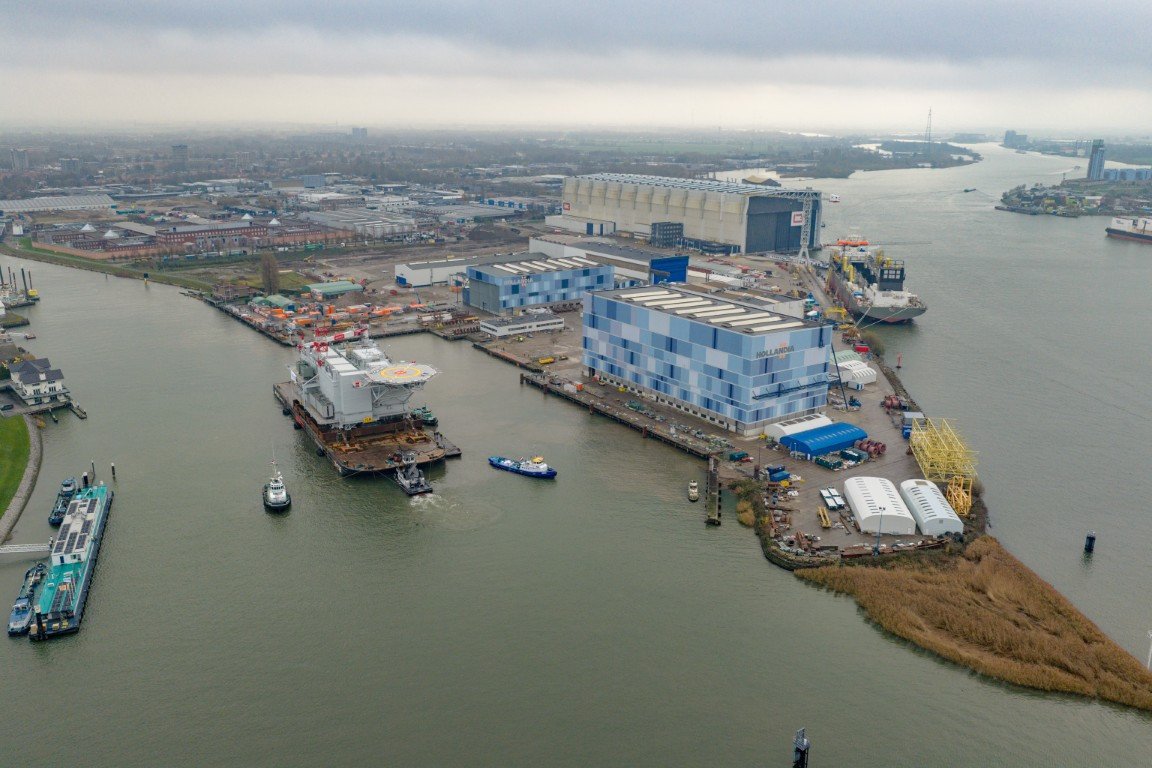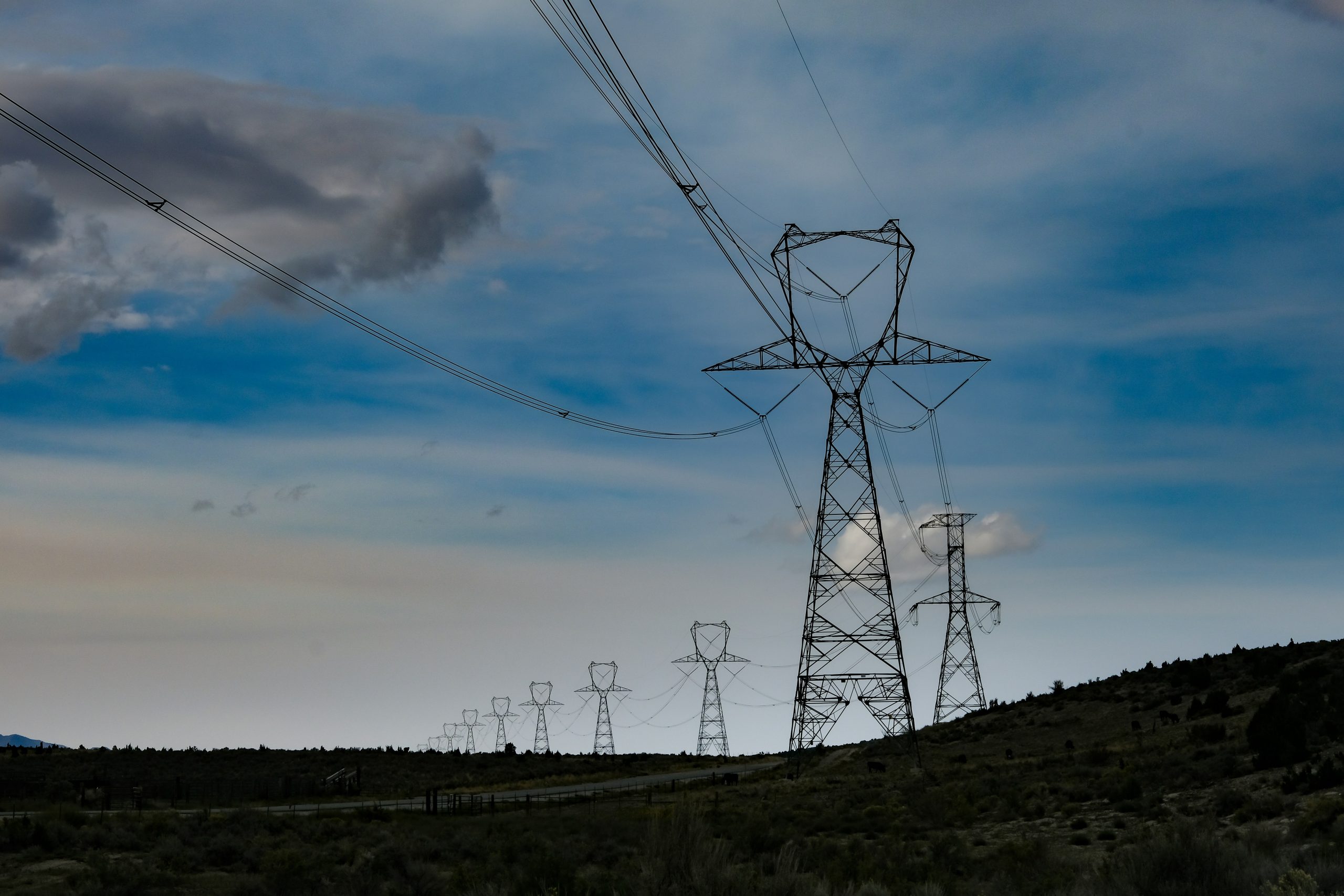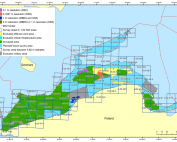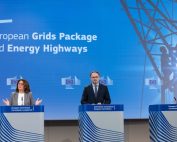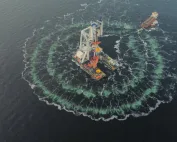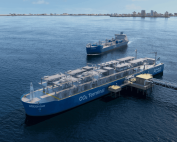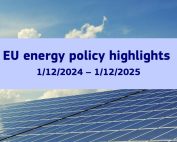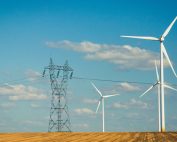| Europe built 16.4 GW of wind energy, 13 GW in the EU, according to WindEurope’s 2024 Statistics out today. That’s less than half of what the EU needs to deliver on its energy security targets. Poor permitting, slow grid build-out and insufficient electrification are holding back the expansion of wind. Our latest Outlook for 2025-30, also out today, shows that the annual build-out should double by the end of this decade. If we can sustain that level, then wind can deliver the bulk of the clean electricity required to deliver on the EU’s Clean Industrial Deal.
The EU built 13 GW of new wind energy capacity in 2024. Europe built 16.4 GW. 84% of that was onshore wind.Germany installed the most new wind capacity, more than 4 GW. The UK, France, Finland, Türkiye, Spain and Sweden all built more than 1 GW. The share of wind in Europe’s electricity consumption was 20%. In Denmark it was 56%. Eight other countries got at least a quarter of their electricity from wind – among them Germany, the UK and the Netherlands. €32bn of investments were finalised in new wind farms that will be built in the coming. That’s 20 GW of new capacity. Europe awarded more new wind capacity in Government auctions than ever before. The 37 GW awarded (29 GW in the EU) are in theory good news for the future pipeline and build-out. We expect Europe to install 186 GW of new wind power between 2025-2030, 139 GW in the EU. But unless Governments deliver on accelerating permitting and expanding the grid, many of these projects will get delayed. More needs to happen on permitting and grids “Europe’s wind energy continues to grow but only at half the rate we need. That’s a huge missed opportunity. Every wind turbine built in Europe helps bring down electricity prices for businesses and households. Three things are holding us back: cumbersome permitting, slow grid build-out and insufficient electrification”, says WindEurope CEO Giles Dickson. The EU has excellent new permitting rules, but most countries are still not applying them. Germany is reaping spectacular benefits. They permitted 7 times as much onshore wind last year as 5 years ago. Other Governments need to follow suit. Europe is still not optimising and expanding its electricity grids fast enough. Hundreds of GWs of new wind farms are currently waiting for their grid connection permit. Some countries are mow filtering grid connection queues to prioritise the more mature or strategic projects or to get the right balance between technologies. All should do this. And improve grid planning by making anticipatory investments and unlocking private finance. The EU Clean Industrial Deal Yesterday the European Commission presented the Clean Industrial Deal, the EU’s new strategy to boost the competitiveness of the European economy. The Clean Industrial Deal stresses electrification will be essential to Europe’s competitiveness. The electrification rate in the EU has been flat for the last 10 years at less than 25%. China has now overtaken this, cementing its competitive advantage. WindEurope Chief Policy Officer Pierre Tardieu gives you a summary of the most important measures. Watch the video here: Delivering on electrification for a competitive Europe Major sectors in the European economy expect a significant increase in their electricity demand to 2040. They are knocking at the door of the wind sector to deliver.Chemicals see their electricity demand increasing from 195 TWh in 2030 to 290 TWh in 2040. Cement expects their electricity demand to increase from 32 TWh in 2030 to 76 TWh in 2040. And the already highly electrified aluminium sector expects its electricity demand to grow from 70 TWh to 100 TWh in the same period. Wind is uniquely placed to meet that rising demand considering its scalability and high capacity factors. 1 GW of wind gives you twice as much electricity than 1 GW of solar.Sustained wind deployment in the EU in the 2030s – 30 GW p.a. of which 20 GW of are onshore wind and 10 GW are offshore wind – would allow wind to almost quadruple its output compared with today, delivering 1,830 TWh by 2040. The European wind energy supply chain is already scaling up to meet the demand for more wind energy. The industry is currently investing more than €10bn to build new factories for blades, towers, cables, and offshore sub-stations, or expand existing ones. See an overview of recent wind supply chain investments and interviews with some of the people behind these investments in our new video series Wind Works for Europe. Source: WindEurope |
Copyrights BalticWind.EU.


